
A mural is any piece of graphic artwork that is painted or applied directly to a wall, ceiling or other permanent substrate. Mural techniques include fresco, mosaic, graffiti and marouflage.
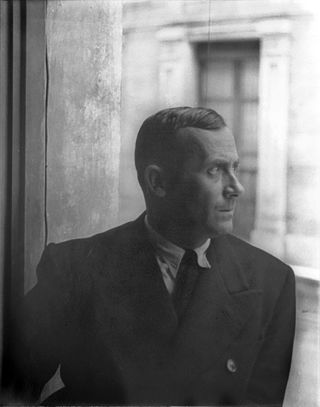
Joan Miró i Ferrà was a Spanish painter, sculptor and ceramist born in Barcelona. Professionally, he was simply known as Joan Miró. A museum dedicated to his work, the Fundació Joan Miró, was established in his native city of Barcelona in 1975, and another, the Fundació Pilar i Joan Miró, was established in his adoptive city of Palma in 1981.

Mark Rothko, born Markus Yakovlevich Rothkowitz, was a Latvian-born American abstract painter. He is best known for his color field paintings that depicted irregular and painterly rectangular regions of color, which he produced from 1949 to 1970. Although Rothko did not personally subscribe to any one school, he is associated with the American abstract expressionism movement of modern art.

Frank Philip Stella is an American painter, sculptor and printmaker, noted for his work in the areas of minimalism and post-painterly abstraction. Stella lives and works in New York City.
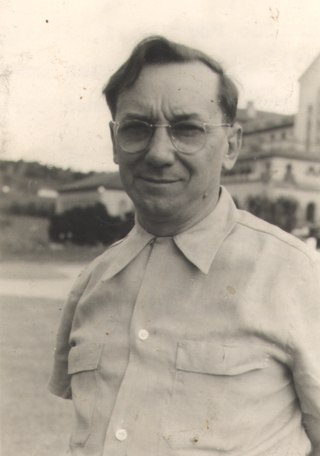
Candido Portinari was a Brazilian painter. He is considered one of the most important Brazilian painters as well as a prominent and influential practitioner of the neo-realism style in painting.
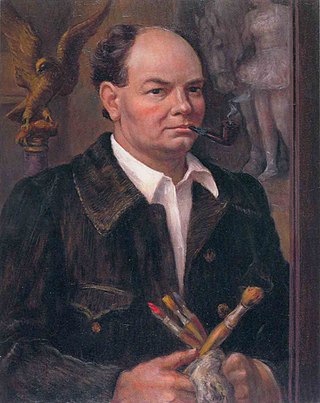
John Steuart Curry was an American painter whose career spanned the years from 1924 until his death. He was noted for his paintings depicting rural life in his home state, Kansas. Along with Thomas Hart Benton and Grant Wood, he was hailed as one of the three great painters of American Regionalism of the first half of the twentieth century. Curry's artistic production was varied, including paintings, book illustrations, prints, and posters.
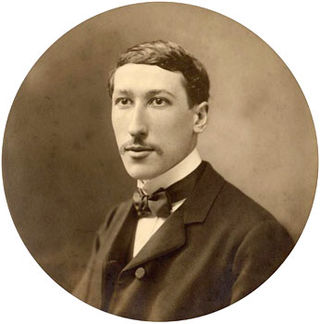
René Jean-Marie-Joseph Guénon, also known as Abdalwahid Yahia, was a French-Egyptian intellectual who remains an influential figure in the domain of metaphysics, having written on topics ranging from esotericism, "sacred science" and "traditional studies" to symbolism and initiation.
In esoteric cosmology, a plane is conceived as a subtle state, level, or region of reality, each plane corresponding to some type, kind, or category of being.

Luis Nishizawa Flores was a Mexican artist known for his landscape work and murals, which often show Japanese and Mexican influence. He began formal training as an artist in 1942 at the height of the Mexican muralism movement but studied other painting styles as well as Japanese art.
Papunya Tula, registered as Papunya Tula Artists Pty Ltd, is an artist cooperative formed in 1972 in Papunya, Northern Territory, owned and operated by Aboriginal people from the Western Desert of Australia. The group is known for its innovative work with the Western Desert Art Movement, popularly referred to as "dot painting". Credited with bringing contemporary Aboriginal art to world attention, its artists inspired many other Australian Aboriginal artists and styles.

Mabel Alvarez was an American painter. Her works, often introspective and spiritual in nature, and her style is considered a contributing factor to the Southern California Modernism and California Impressionism movement.
Haitian art is a complex tradition, reflecting African roots with strong Indigenous, American and European aesthetic and religious influences. It is an important expression of Haitian culture and history.
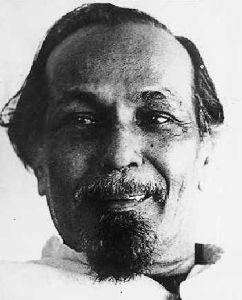
Kovalezhi Cheeramputhoor Sankara Paniker was an Indian metaphysical and abstract painter from Malabar District. He interpreted the country's age-old metaphysical and spiritual knowledge in the 1960s, when Indian art was under the influence of the Western painters. "That was the time when a few Indian artists were trying to break out of this Western influence and establish an idiom and identity of their own", he said.
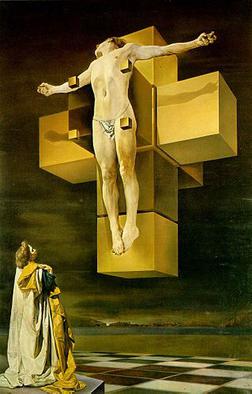
Crucifixion (Corpus Hypercubus) is a 1954 oil-on-canvas painting by Salvador Dalí. A nontraditional, surrealist portrayal of the Crucifixion, it depicts Christ on a polyhedron net of a tesseract (hypercube). It is one of his best-known paintings from the later period of his career.

Leonardo Nierman Mendelejis was a Mexican artist mostly known for his painting and sculpture. He at first wanted to be a violinist, but gave it up after twenty years when he compared a recording of his playing with that of Yehudi Menuhin. However, his musical training has been a major influence on his painting and sculpture, reproducing movement and harmony as Nierman sees similarities between the two disciplines. Nierman had had exhibitions in Mexico and abroad and over sixty recognitions of his work, half of which are from outside Mexico. His work is abstract but still with discernible images from nature such as birds, water, lightning and more. His paintings are in pure colors while his sculptures are generally of metal, often silver-toned.

Painting is a visual art, which is characterized by the practice of applying paint, pigment, color or other medium to a solid surface. The medium is commonly applied to the base with a brush, but other implements, such as knives, sponges, and airbrushes, can be used.
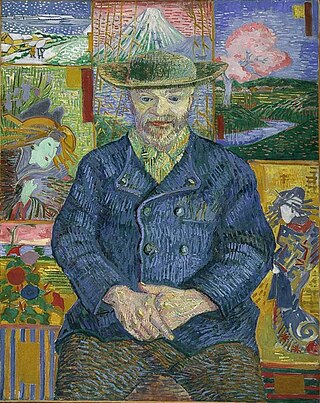
Portrait of Père Tanguy, painted by Vincent van Gogh in 1887, is one of his three paintings of Julien Tanguy. The three works demonstrate a progression in van Gogh's artistic style after his arrival in Paris. The first is somber, and formed from a simple composition. The second introduces van Gogh's Japanese prints. The last and most advanced in style, skill and color integrates Japanese, Impressionist, and other influences on the Parisian artist community. This painting conveys a sense of serenity that van Gogh seeks for himself. This last painting of Tanguy is in the Musée Rodin, Paris.
Alden Lee Mason, né Carlson was an American painter from Washington known for creating abstract and figurative artwork. Mason was a professor of art at the University of Washington for over 30 years. His painting are held in a number of public collections including the San Francisco Museum of Modern Art, the Seattle Art Museum, the Portland Art Museum, and the Milwaukee Art Museum.

Alaa Awad is an Egyptian artist and muralist based in Luxor, Egypt.
Lui Shou-Kwan was a Chinese painter, one of the most prominent ink painters of the 20th century and a founder of the Hong Kong New Ink Movement.














